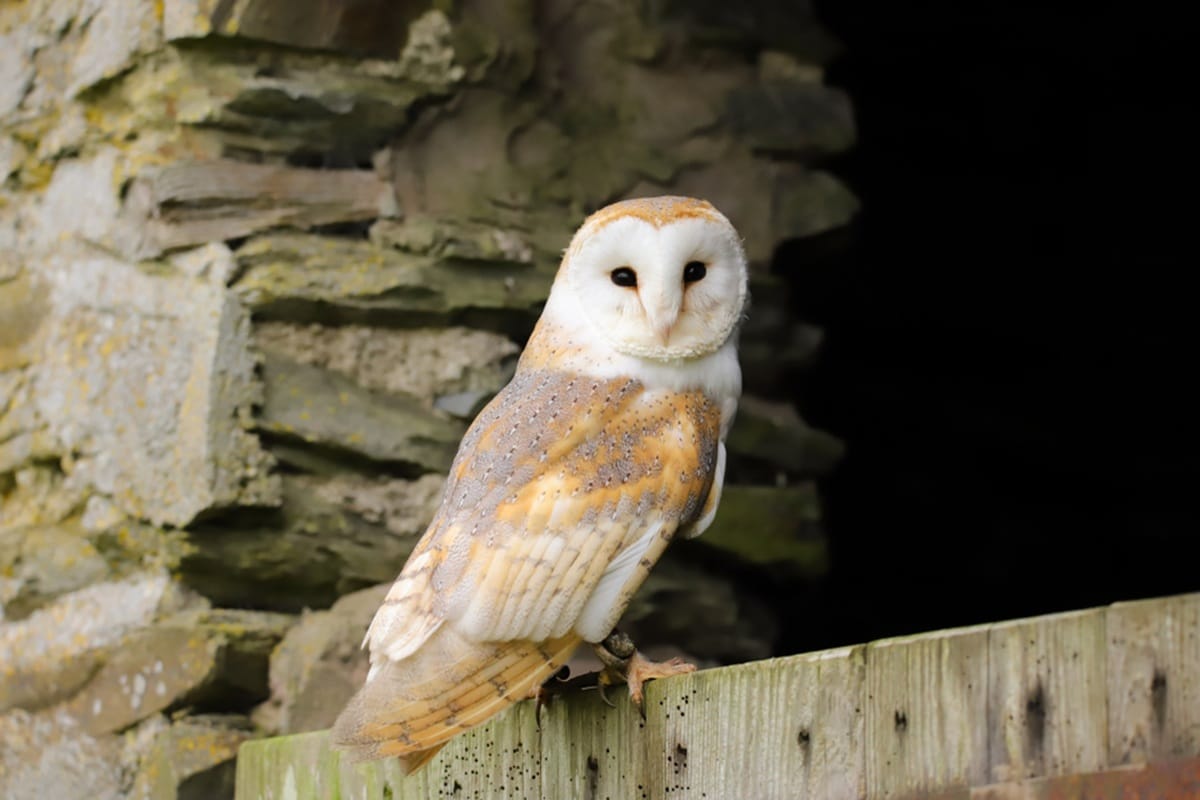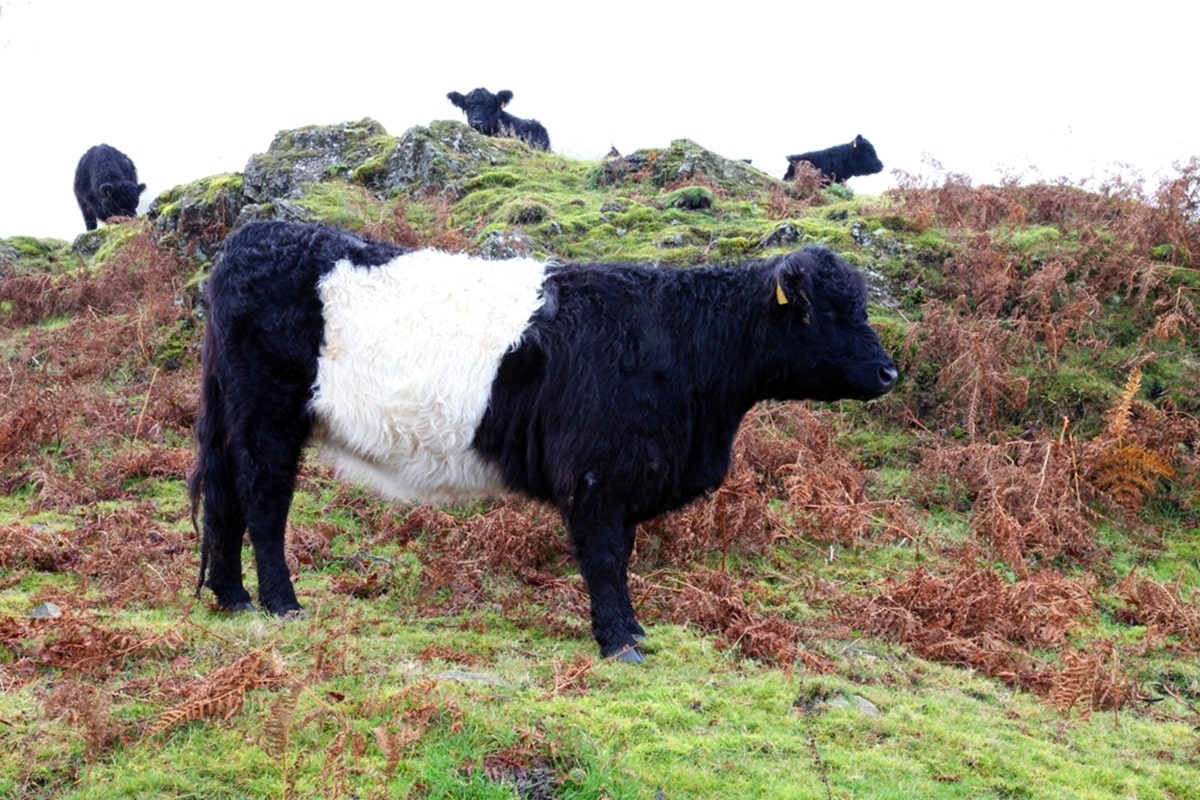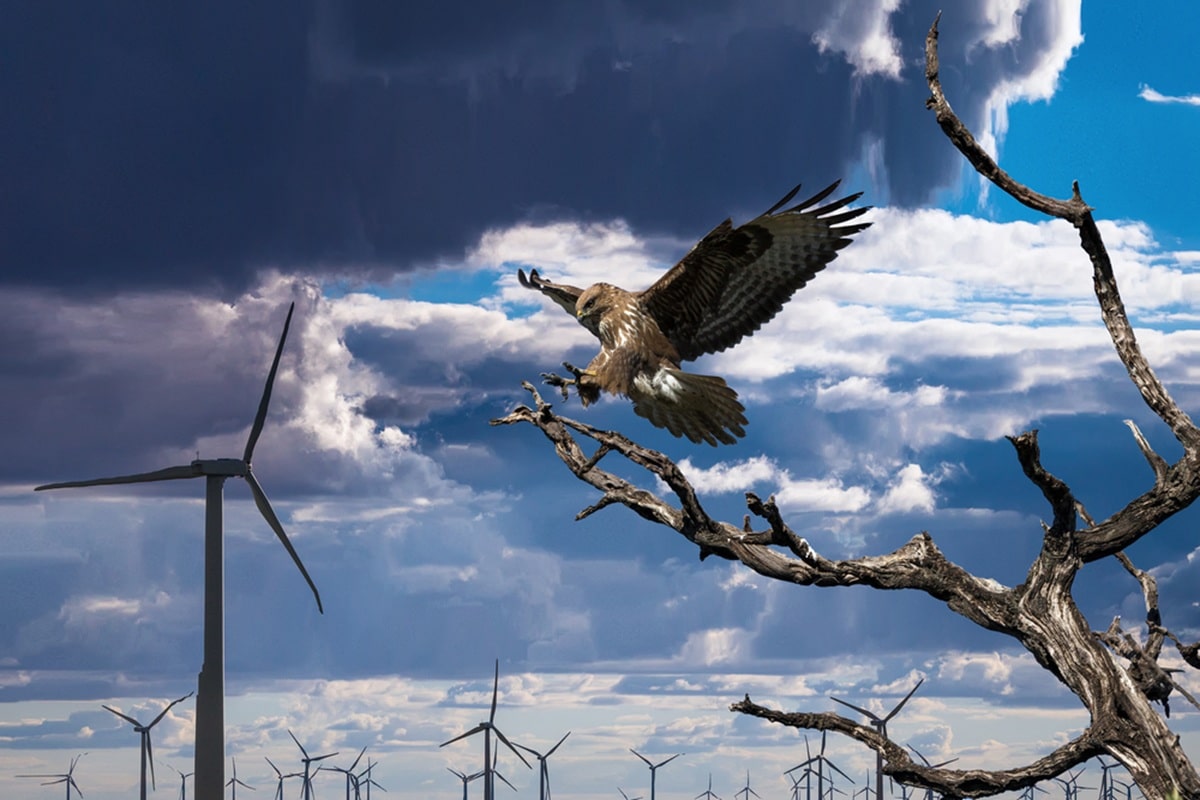
Wind energy is a key factor in the fight against climate change. It gives us clean, renewable power with zero greenhouse gas emissions. That’s why countries globally are investing heavily in wind farms, both onshore and offshore, to meet their climate targets.
However, this vital opportunity presents a serious conflict: wind turbines pose a risk to bird populations, especially magnificent raptors. This creates a stark clash between two essential goals: mitigating climate change and conserving biodiversity.
Fortunately, Artificial Intelligence (AI) technology is coming to the rescue. It offers a way to harmonise these competing needs, enabling safer skies for raptors and ensuring wind energy is more efficiently and responsibly sited.
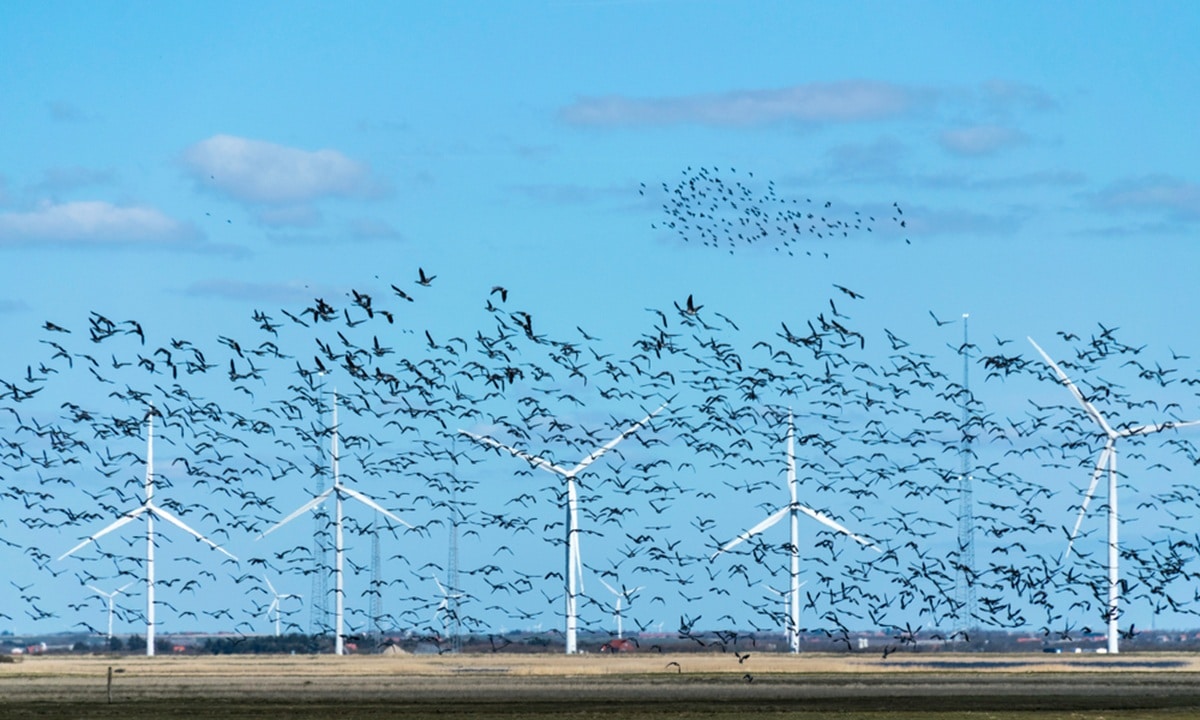
Why Raptors are Uniquely Vulnerable
The benefits of wind power in reducing pollution and boosting energy independence are undeniable. But the rapid expansion of wind farms has intensified scrutiny of their environmental impact. Wind turbines present a unique and visible threat to birds and bats. The sheer size and speed of the blades create a lethal hazard for creatures navigating their traditional routes.
While many bird species can be affected, raptors (eagles, hawks, vultures, kites, and falcons) are particularly vulnerable. Their behaviour and physiology make them susceptible for these key reasons:
- Low Manoeuvrability at Speed: Large soaring raptors aren’t as agile as smaller birds. They often approach blades too fast and at angles that make last-minute avoidance difficult.
- Hunting Behaviour and `Tunnel Vision’: When raptors are focused on prey or a distant landmark, they can get `tunnel vision’. This makes them less aware of their immediate surroundings, including those huge, fast-moving blades.
- Motion Smear: The rotating blades can sometimes appear as a blur, or `motion smear,’ especially in certain light conditions. This makes them difficult to see as a solid, lethal object.
- Habitat Attraction: Sometimes, wind farms are built in areas naturally attractive to raptors for foraging or nesting, which increases their presence in the danger zone.
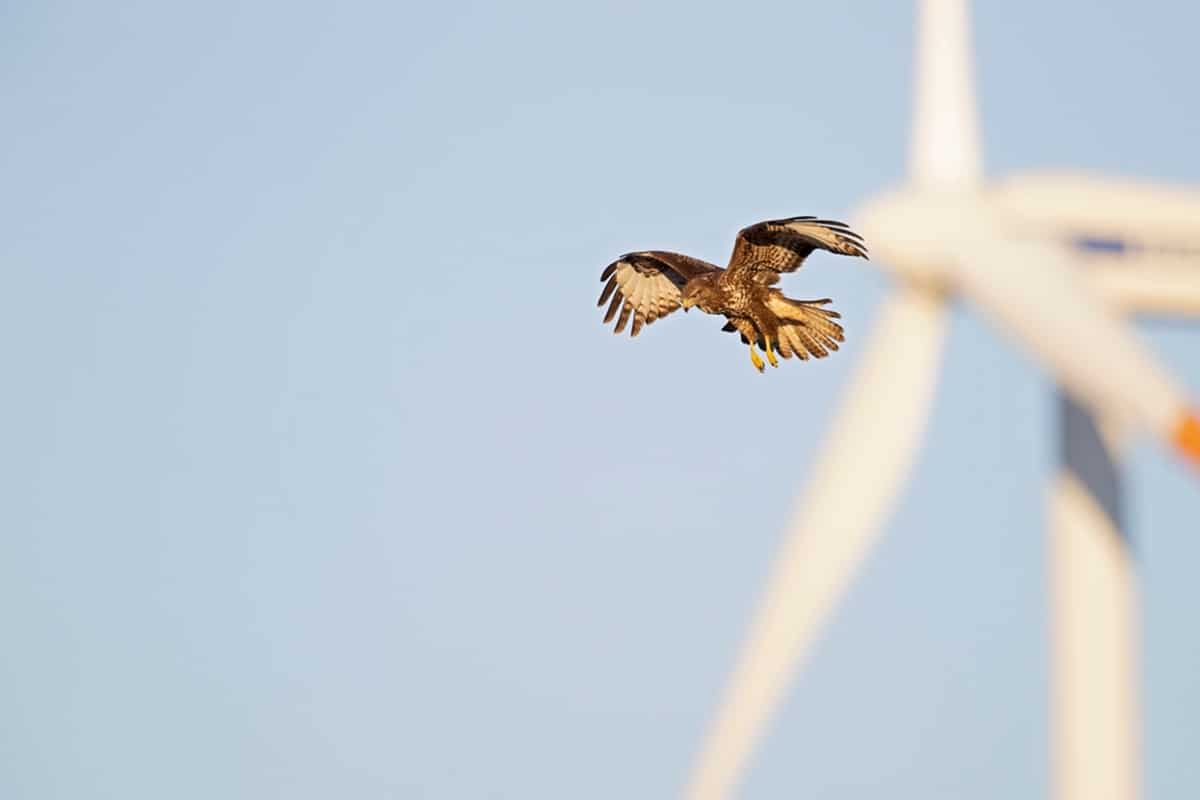
Iconic Species at Risk
We’re talking about magnificent species like:
- Golden Eagles: These birds often inhabit mountainous areas where wind farms are sited. Their soaring, powerful hunting techniques put them directly in the path of turbine blades.
- White-tailed Eagles: Europe’s largest eagle, these coastal dwellers are susceptible, especially as offshore wind farms expand.
- Griffon Vultures: These scavengers often soar at high altitudes that put them at risk, particularly in parts of Southern Europe.
- Red-tailed Hawks: A common raptor in North America, they can be caught unaware during flight.
- Condors: Critically endangered species like the California Condor, with its enormous wingspan, face a serious threat from wind farms in their limited habitats. Historically, places like the Altamont Pass Wind Farm in California became notorious for high raptor mortality rates.
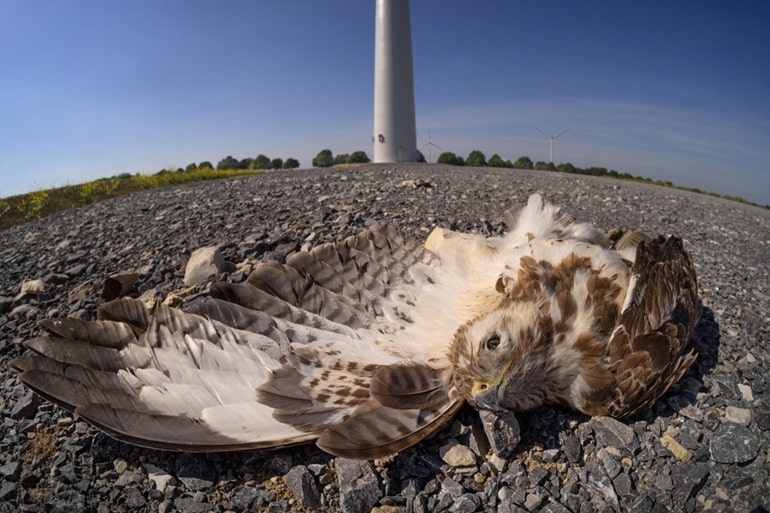
Enter AI: A Smart, Proactive Solution
AI is proving to be a powerful tool for ecology. AI involves machine learning, computer vision, and predictive modelling. It can be applied across the entire life cycle of a wind farm, helping us move from a reactive monitoring approach to proactive, automated protection.
1. Real-Time Detection and Automated Shutdown
One of the most impactful applications is using smart cameras and sensors for real-time bird detection.
- Vision Systems: High-resolution cameras, often with thermal imaging, continuously scan the airspace around turbines.
- AI Recognition: AI models, trained on huge datasets of bird flight patterns, can instantly identify different species (like telling a Golden Eagle from a bat) and track its path accurately.
- Predictive Analytics: The AI can then predict, often seconds in advance, if a raptor is on a collision course. When a high-risk path is identified, the AI system immediately triggers a mitigation measure:
- Turbine Shutdown/Curtailment. It signals the turbine to slow down or completely stop its blades until the bird has safely passed. This automated, targeted curtailment is revolutionary. Previously, operators might have shut down turbines for entire seasons based on general migration patterns, which wasted significant energy. AI minimises this energy waste while maximising protection. Systems like Identiflight are already proving this concept, showing significant reductions in raptor mortality in early trials.
Other ways to deter birds include:
- Acoustic Deterrents: Targeted, harmless signals designed to encourage a bird to change its flight path.
- Visual Deterrents: Research into patterns on blades that might make them more visible to birds.
2. Smarter Siting and Predictive Risk Modelling
Smart siting is the single most effective way to avoid bird-turbine conflicts. AI is key here:
- Risk Mapping: AI models analyse huge amounts of spatial data including topography, weather, migration corridors and collision records. By combining this information, machine learning creates risk maps that predict where turbines would cause minimal harm.
- Optimised Layouts: Even within a suitable area, AI can help optimise the turbine layout. It might suggest wider spacing or specific positioning to avoid known flight corridors, reducing the need for costly post-construction fixes.
3. Continuous Monitoring and Data Fusion
Once a wind farm is built, AI systems help ensure compliance and continuous adaptation.
- Automated Monitoring: AI automates labour-intensive tasks like carcass detection from aerial imagery and analysing audio/video for collision events. This faster, cheaper monitoring allows developers to act quickly if bird mortality levels exceed predictions.
- Learning from Telemetry: GPS tags on individual birds give us massive datasets on movement. AI finds patterns in this telemetry data, flagging flyways and seasonal behaviour changes. Better forecasts mean wind farm operators can plan temporary shutdowns on peak migration nights.
- Integration with Weather Data: Looking ahead, AI systems will get even smarter by integrating real-time weather data (which heavily influences bird flight) and broader migration forecasts. This could allow for proactive, regional-scale turbine management.
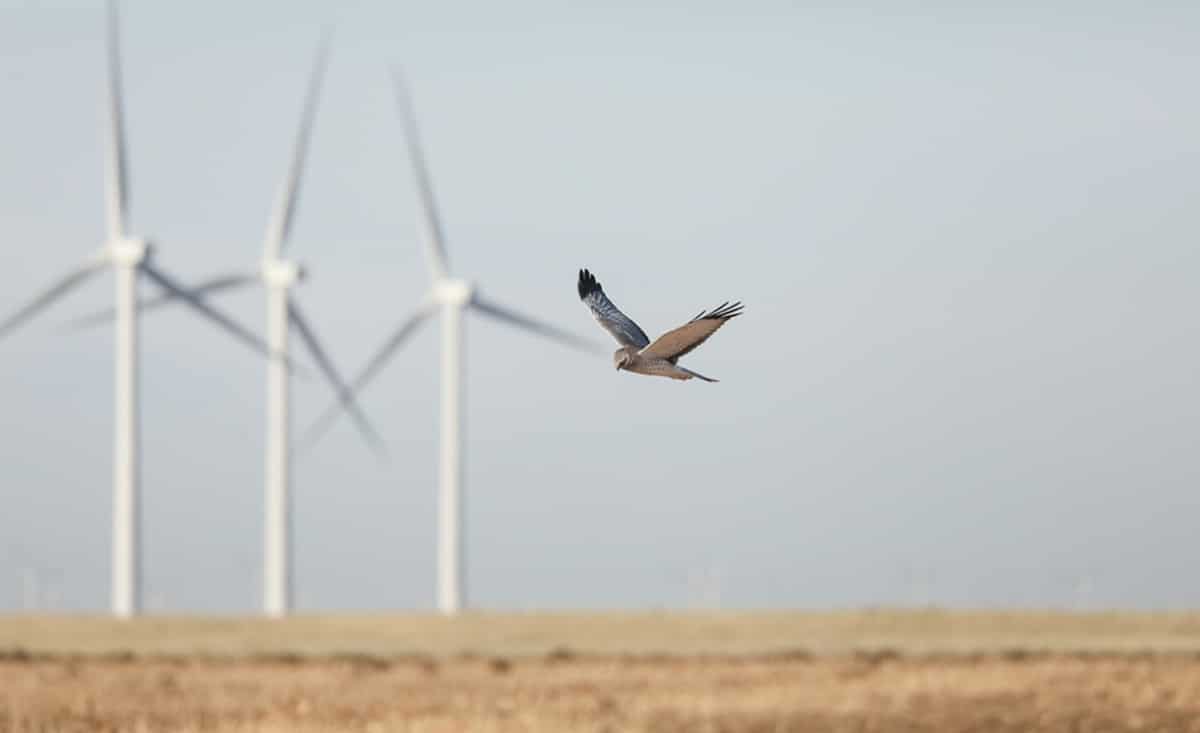
Finding the Balance: The Path Forward
We know that abandoning wind power isn’t a viable option. Climate change itself poses a fundamental risk to countless species. Instead, we must embrace intelligent solutions. AI is a powerful tool to achieve this balance, but we must use it thoughtfully. The future we’re building is one where turbines lie mostly silent as a flock of birds passes, then resume work once the flock has moved on.
Here are the vital things we need to consider:
- The Energy Trade-off: AI systems must balance conservation gains with operational practicality. If a system triggers false positives (mistaken detections) and shuts down turbines too often, it reduces energy yield and raises costs. The technology must be accurate.
- Ethical Data Sharing: Telemetry data is sensitive, especially concerning rare nests. We need robust, transparent data sharing frameworks to allow models to improve without compromising conservation security.
- AI Complements, It Doesn’t Replace: AI must complement, not replace, careful ecological study, environmental impact assessment, and local conservation knowledge. Technology is a tool, but it requires our human expertise to wield it effectively.
- The challenge isn’t just technological now; it’s institutional. We need to integrate AI into policy, fund its deployment, and ensure transparent monitoring.
Clever Co-existence
Wind gives us a source of boundless renewable energy. With AI, we can ensure that our pursuit of clean power doesn’t come at the expense of wildlife. By deploying smart, adaptive systems, we can dramatically reduce bird mortality at wind farms, transforming these structures from potential threats into harmonious components of our sustainable future. This is about achieving clever co-existence rather than a compromise.

